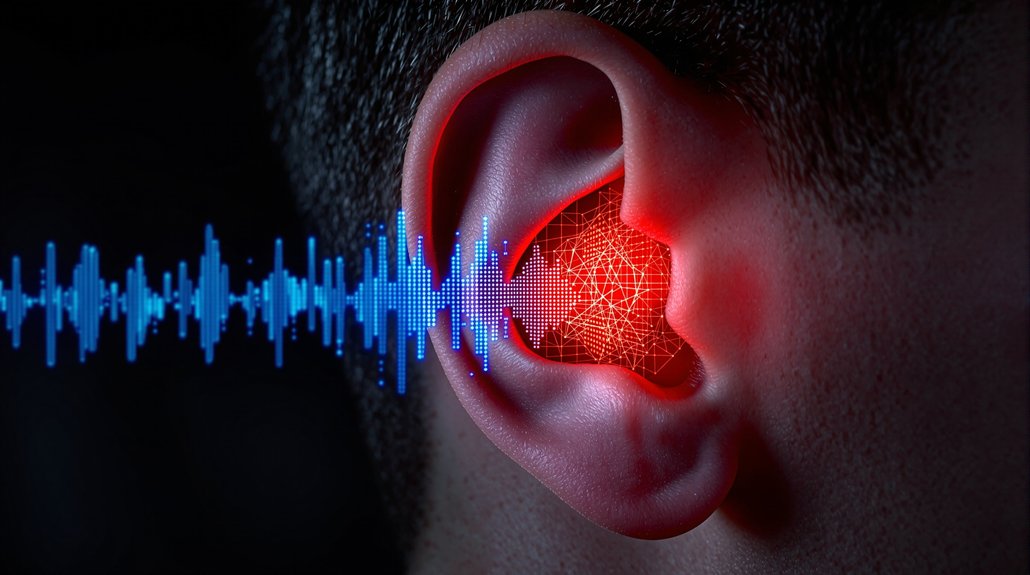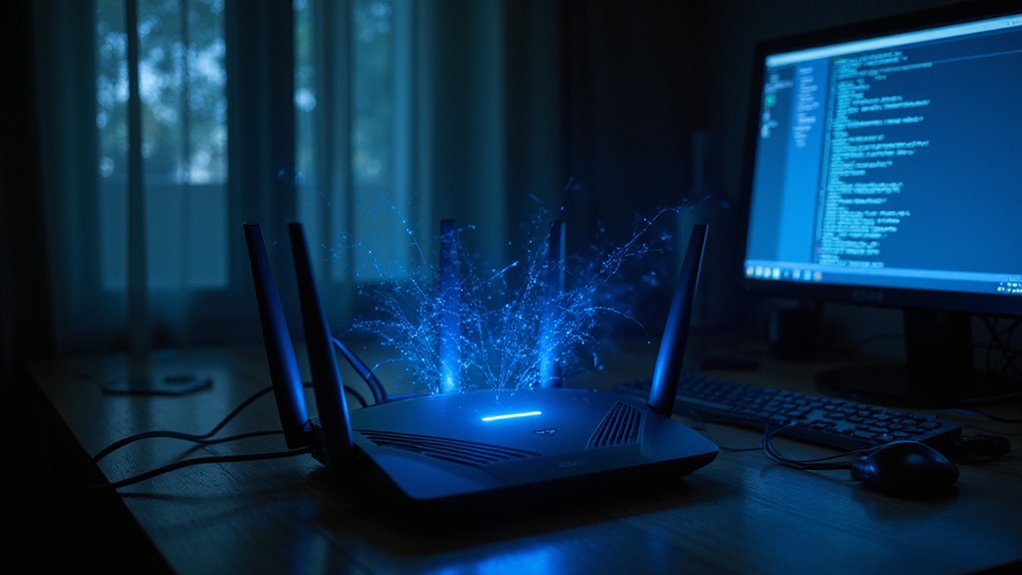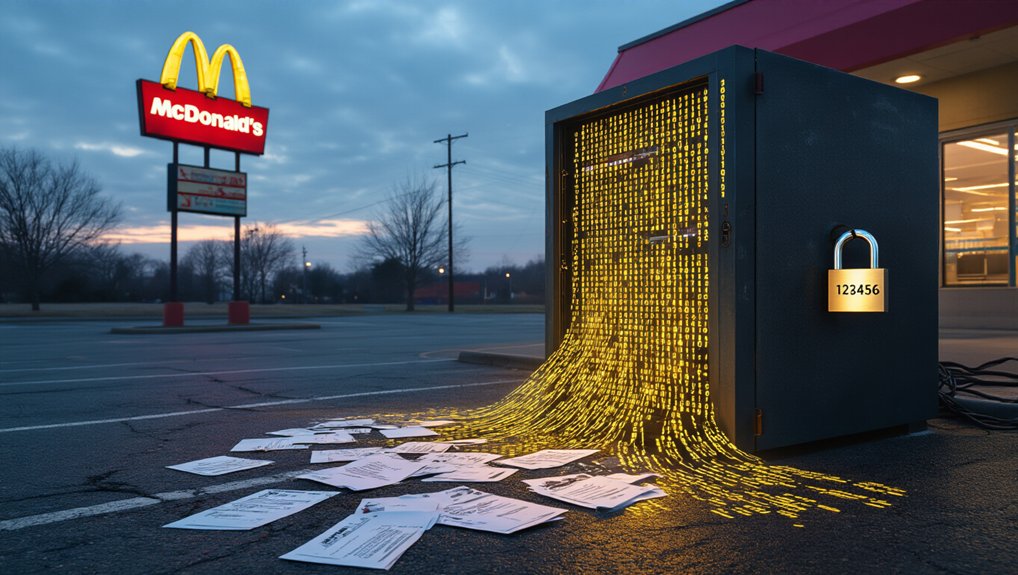The human ear can’t keep up with today’s AI voice technology. Recent studies show people correctly identify fake audio only 64% to 86% of the time. Short clips under 20 seconds pose the greatest challenge. This detection gap creates perfect conditions for scammers who now mimic loved ones’ voices in convincing fraud schemes. As AI tools become more accessible, experts warn the problem will only worsen. What happens when we can no longer trust what we hear?
As technology continues to advance, humans and machines alike are struggling to identify AI-generated voice deepfakes with reliable accuracy. Research shows that average human accuracy in spotting audio fakes ranges from just 63.9% to 85.8% in test conditions, which is only moderately better than random guessing.
People tend to assume voices they hear are genuine, leading to higher rates of false negatives compared to false positives. This natural trust makes us particularly vulnerable when we’re not actively looking for signs of manipulation. The problem gets worse with shorter audio clips under 20 seconds, which are especially difficult to evaluate correctly.
Modern AI voice synthesis has nearly closed the “uncanny valley” gap, creating voices that sound remarkably human with natural emotional tones and speech patterns. Recent studies show participants misidentify AI-generated voices as real 80% of the time. These advances are outpacing the development of effective detection tools, creating a widening security gap.
The tools available for detecting fake audio aren’t as sophisticated as those for video deepfakes. Many require paid subscriptions, limiting public access. Even worse, their performance is inconsistent, with some tools incorrectly identifying AI voices as human. Background noise and audio compression further reduce detection accuracy. The most accurate tool in recent testing, DeepFake-O-Meter, still only returned a 69.7% probability score when analyzing a known fake audio clip.
Our detection abilities are also influenced by psychological factors. People rarely question voices from familiar sources or authority figures. The urgency often present in scam calls can override natural skepticism. While extended conversations increase the chance of noticing inconsistencies, most scam calls are deliberately kept brief.
In controlled studies, listeners perform only slightly better than chance when evaluating sophisticated voice fakes. Detection rates drop even further in real-world settings with distractions and time pressure. As real-time monitoring becomes critical for security professionals to identify threats, the same urgency is needed for detecting voice manipulation attacks.
What’s particularly concerning is that human and machine detection abilities show no significant correlation – suggesting that our weaknesses aren’t being effectively covered by automated systems.
As AI voice technology continues to improve, this detection gap presents growing concerns for personal security, business operations, and public trust in audio communications.









